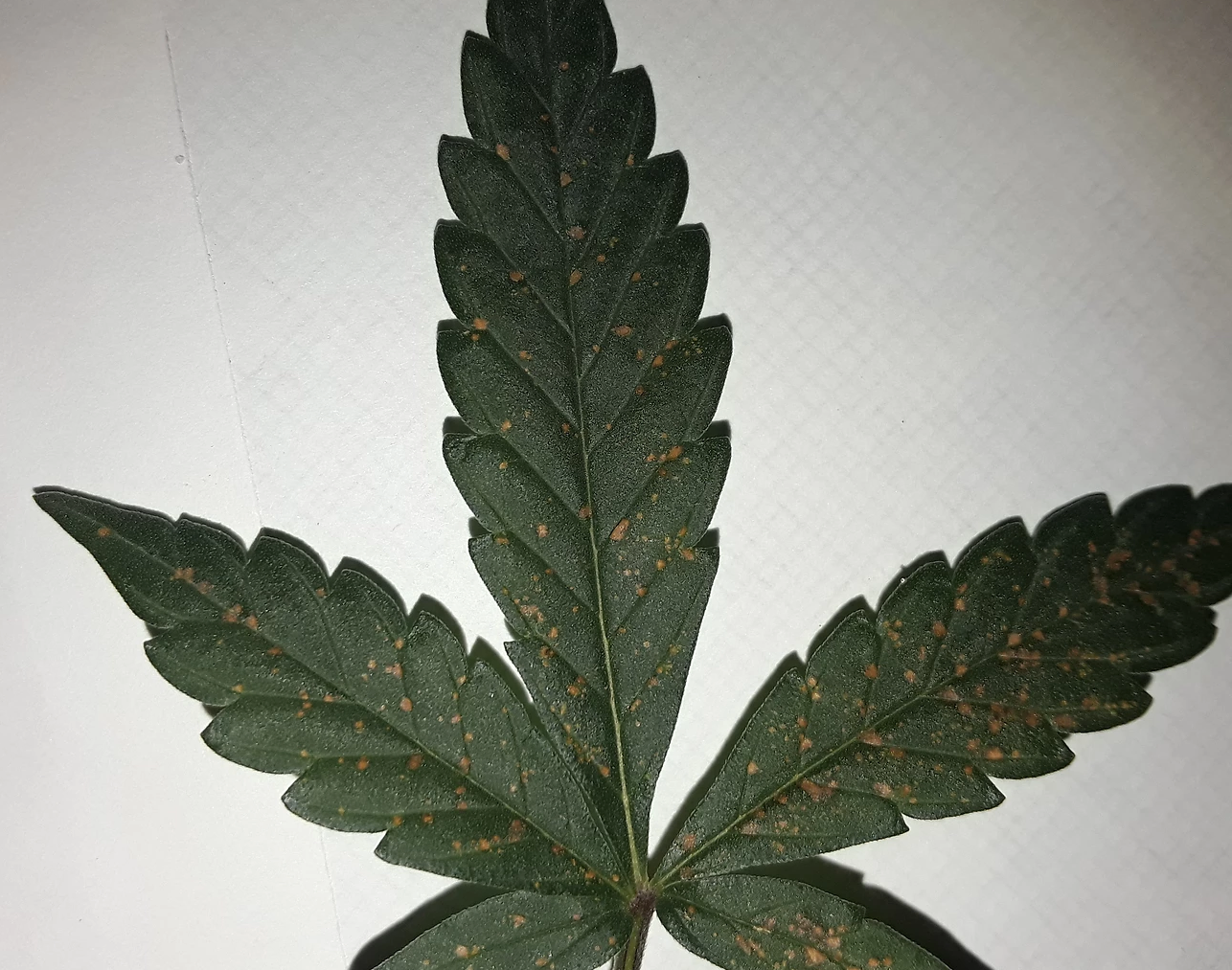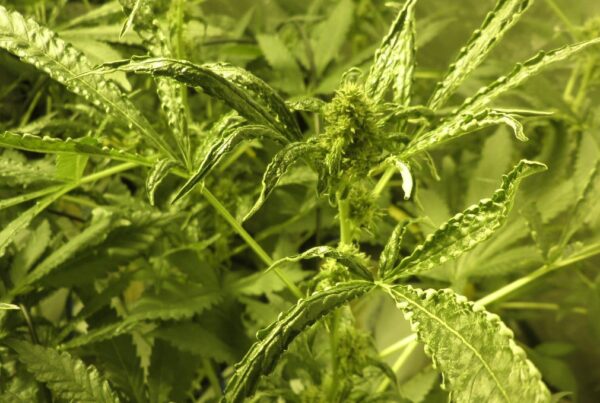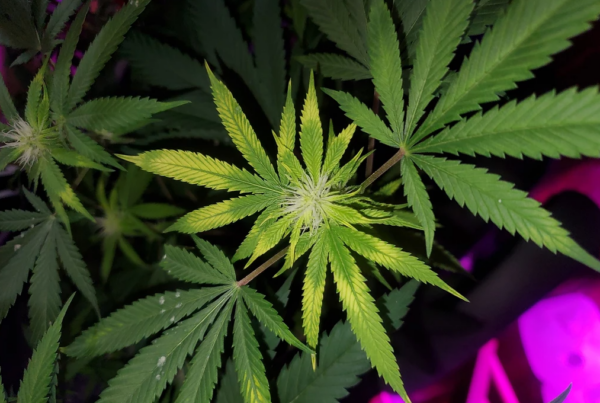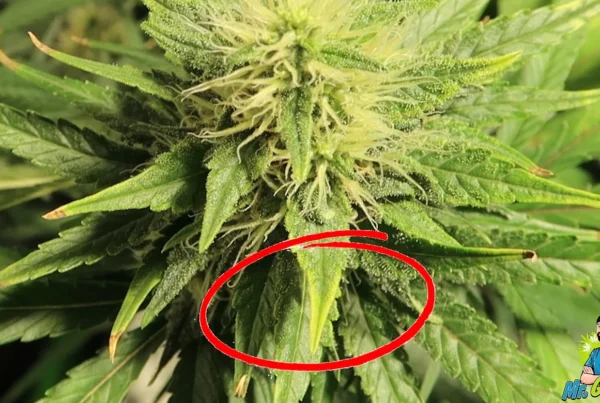As a novice cannabis cultivator, you may have started your journey as a wide-eyed and excited grower but now you are running into a few problems. Do not panic, once you learn how to take care of these issues, you will become much more confident when troubleshooting issues. One frequently occurring problem for newbies is calcium deficiency in cannabis plants. This guide will help you identify the symptoms of calcium deficiency and treat it if it has occurred. You will also find a few tips and tricks to avoid the problem altogether.
Before you jump into the nitty-gritty of the symptoms and treatment, it is important to understand what calcium does for your cannabis plant. Calcium is vital for your cannabis plant because:
- Calcium is a micro-nutrient that is required for the proper development of the plant. In humans, calcium makes the bones stronger, similarly, in plants, it is required to make the stems and other parts of the plant rigid, healthy, and strong.
- It also plays an essential role in relieving the cannabis plant of any heat stress in higher temperatures or hot climates.
- It is required for the activation of enzymes and various cellular activities and communication.
Now that you know that calcium is a vital element needed for the cannabis plant to thrive, you are probably wondering how to check your plant for calcium deficiency because it can cause serious damage to your plant if it goes unnoticed. It can affect both new and old growth and cause complexities during harvest and flowering.
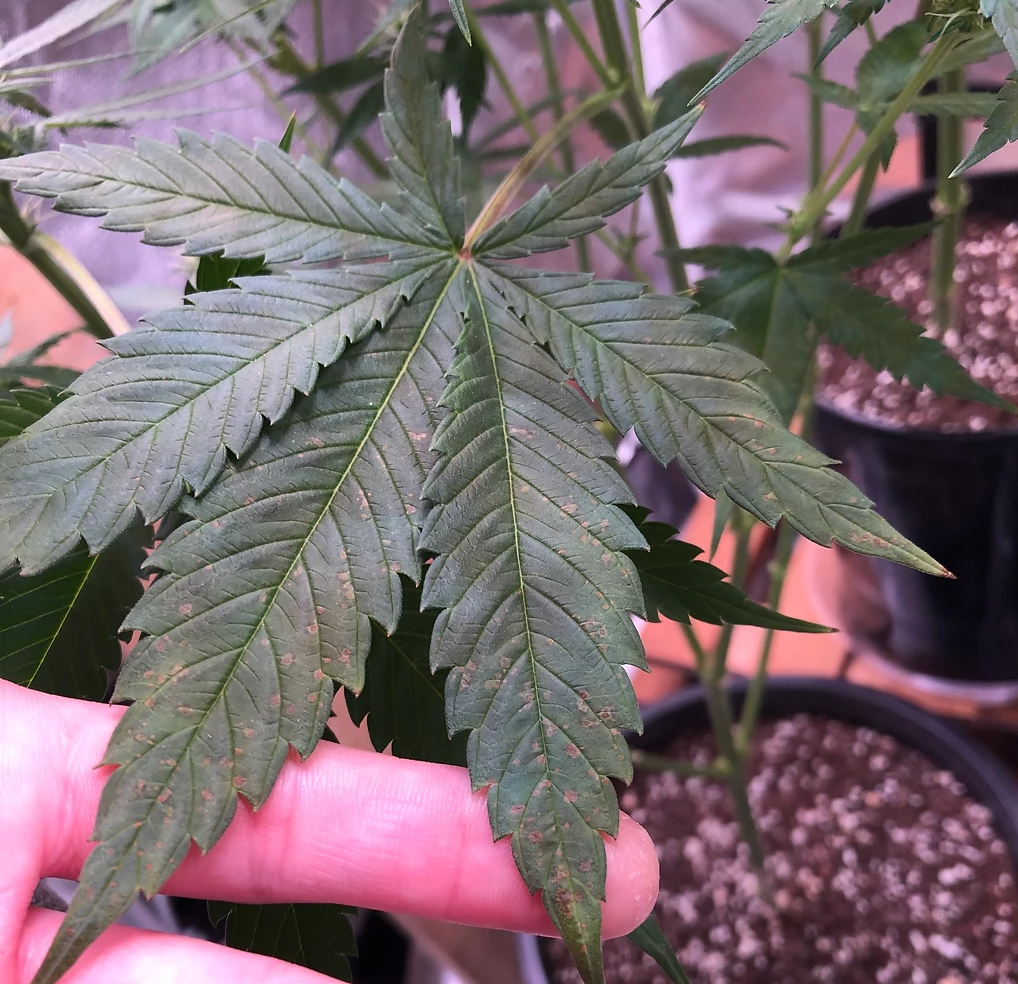
Symptoms of Calcium Deficiency
Calcium is an semi-mobile nutrient and it is transported through xylem which means that it does not transport from leaf to leaf but from roots to other parts of the plant. The root system should have a proper supply of calcium available for the plant to be able to absorb it. The best way to check if your plant is deficient in calcium is to just observe the plant closely. Monitoring your plant growth daily helps avoid many problems early on and calcium deficiency is one of them.
Look at the Leaves
Since calcium moves slowly through the plant, it stays concentrated in the older growth and the deficiency usually shows up on the new leaves at the top of the plant. The newer leaves in a calcium-deficient plant may appear malformed and distorted with curled tips because calcium holds the cell walls together and is required for proper development. The leaves may also show signs of necrosis with brown and yellow spotting. The edges of the new leaves turn brown. These leaves cannot sustain for long and die quickly.
Look at the Stems and Roots
Stems of the cannabis plant may appear yellow and weak. Stems become hollow and fall off. Stalks may also show signs of necrosis and decay. Roots have a higher chance of getting slimy root rot when the plant is calcium deficient.
Other Signs
Calcium deficiency does not only affect new leaves, it also affects any new growth including flowers/buds. It can have grave effects on the harvest because the new flowers/buds may become distorted and twisted. Besides that, the calcium-deficient plant simply cannot stand the heat as calcium is essential for heat regulation. Calcium deficiency also affects the plant’s ability to take up nutrients and this leads to plants looking dull, lifeless and becoming vulnerable to various pests.
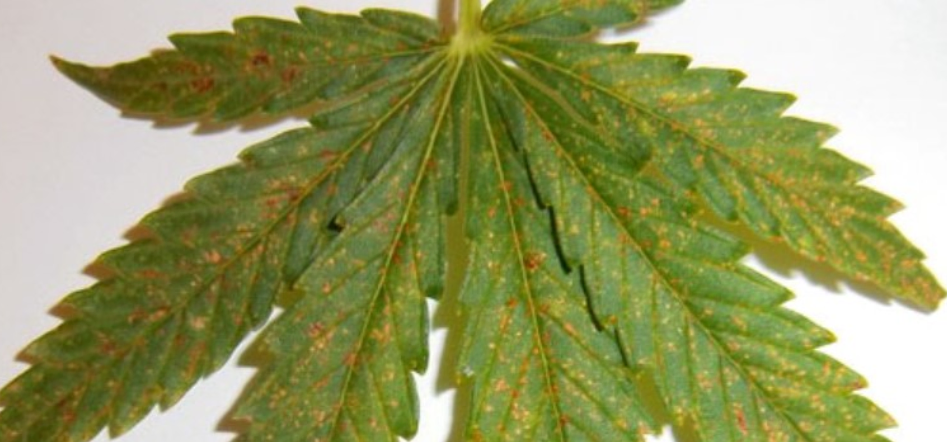
Treatment
A calcium deficient plant is weak and vulnerable. Now that you know how to identify the problem, it is time to learn to treat it before it becomes impossible to fix. These are a few proven steps you can take to fix calcium deficiency in your cannabis plants:
Restore pH Levels
Calcium is usually present in abundance in soil and tap water. Tap water is recommended for cannabis plants by some growers because reverse osmosis and filtered water may not contain enough essential nutrients. Even though calcium is present in soil, it can get locked if the pH level of the soil is not optimal.
Check your growing medium’s pH level if your plant shows signs of calcium deficiency. In soil, pH should be above 6.2 for optimum absorption. In soilless mediums, the pH should be between 5.5 and 6.5. If the pH levels are off, flush the system with pH-balanced water containing essential nutrients. This will help restore the pH level and set your plant on the path to recovery.
Add Supplements
Once you have flushed the root system of your cannabis plant, you should provide your plant with a calcium supplement. Cal-Mag and ProCal are popular among cannabis growers and are readily available. These supplements can be used in soil, soilless and hydroponic mediums. They are usually mixed with a few gallons of water before use and give fast, positive results. Hydroponic growers can use hydrated lime in water to give their plant that calcium boost.
Organic Solutions
There are a couple of organic solutions that you can use to treat calcium deficiency. One of them is Dolomite Lime. It is a cheap organic alternative and easy to use. One gallon of soil needs at least 6 teaspoons of Dolomite Lime so purchase accordingly. Dolomite Lime also assists in maintaining the soil pH level. You can also add Dolomite Lime to the soil prior to adding the plant to the pot. This helps avoid the problem altogether. Other alternatives are eggshells, oyster shells, bone meal, and fish bones. Crush them to make a fine powder and add it to the soil.
Once you start the treatment; your cannabis plant will have enough calcium for recovery. But you may not see any changes in the already affected parts of the plant, for instance, the necrotic leaves will not become green and lush. But keep your eye on the new growth and be patient. With the proper supply of calcium, the new leaves will be healthy and green. The plant will look healthier and you will be on your way to grow high-quality cannabis.
Sources:
- https://pevgrow.com/blog/en/lack-or-excess-calcium-in-the-marijuana-plant/
- https://www.alchimiaweb.com/blogen/deficiency-excess-calcium-in-cannabis-plants/
- https://www.growweedeasy.com/cannabis-plant-problems/calcium-deficiency
- https://growingexposed.com/cannabis-doctor/calcium-deficiency-2/
![]()

